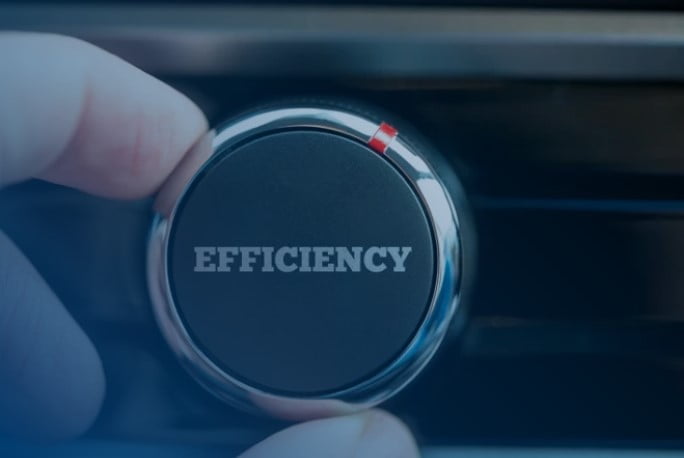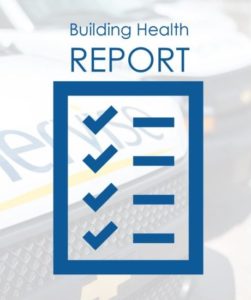As the Procurement Officer of a commercial building, you’re responsible for purchases that meet your company’s needs without busting the budget. It sounds pretty straightforward, but it’s a little more involved than it sounds on the surface, and it requires a good strategy.
Not only do you need to take current occupant use requirements into consideration, but you also have to keep an eye on future planning goals. Underestimate the needs and you can handicap your company’s growth because the facility won’t deliver what’s needed. Allocate too much and you can break the budget—again, hindering growth (not to mention jeopardizing your own career).
That’s why ensuring that you purchase the right capital equipment the first time is the best strategy. So how can you make capital procurement choices that make sense?
An accurate assessment of your current needs gives you a baseline for evaluating equipment. Let’s assume your facility is a 66,000 square foot office building that accommodates 300 employees (based on an industry average of 125 square feet per employee). An HVAC system designed to service a 50,000 square foot facility simply won’t get the job done. It might be less expensive in the short term but it can actually cost you more.
If you overtax the system (trying to make it work for a larger area than it is designed to service) chances are good you’ll end up spending more on maintenance and repair over time. You may even spend more on utilities because the system will constantly be in “catch-up” mode.
In addition to maintenance and service costs, there’s a good chance that poor facility performance will also negatively impact employee performance. Employees that are too hot or too cold are simply unproductive, and at worst may leave your employ for a better cultural fit.
Beyond that, if your company happens to be growing and you need to add staff and/or provide service to additional space, you have no capacity in your HVAC system for future growth. Any problems you have in providing service will only be multiplied.
If you purchase inadequate equipment up front (in an effort to save money) you may end up having to purchase replacement equipment much earlier than planned. That’s something your C-level staff won’t be happy about!
It’s important to have an accurate assessment of how efficiently your current HVAC and facilities systems are performing. Having actual test data can show you whether you need to replace equipment, or simply service existing equipment.
Getting the right equipment in the first place is a great strategy for having a facility that operates at maximum efficiency for years to come. As a procurement officer for your company it’s important for you to get the right people into the room to prioritize system options. These peer resources like your facilities manager, energy or utilities manager, or even your building owner(s) can offer different viewpoints to shape your project equipment selection.
If you have an older office space that you suspect is costing you money due to obsolete HVAC, or Controls equipment, you may want to take a look at a case study involving the historic Cincinnati PNC Tower located at 4th and Vine. You can see hard data about how the owners improved efficiency and actually reduced their costs by installing the right equipment for the job.




